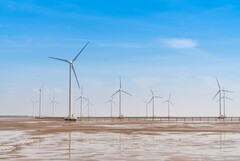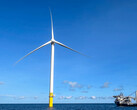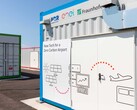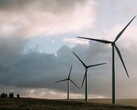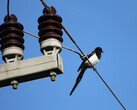The fall in costs and the need to meet global commitments towards net zero have pushed the growth of renewable energy sources, such as solar PV, wind farms, geothermal, and even hydro. Each technology presents a different challenge, and wind is no exception: wind droughts threaten the reliability and the prices of the electricity generated.
Wind energy has seen a rise in installed capacity, offering more stability in supply compared to technologies like solar. However, in recent years, wind droughts have become a new risk to be considered.
Similar to a drought, a wind drought refers to an extended period of low availability of wind at speeds that allow electricity generation. This is especially challenging for countries that rely heavily on this technology, such as the UK, Germany or Denmark. But this trend seems global.
A recent study, published in July 2025 in Nature Climate Change, concludes that wind droughts show an increasing trend, after analysing hourly data. The study shows that both globally and regionally, across different scenarios, wind droughts will be increasingly more frequent and extended. The duration of these events is projected to increase by up to 20% under low warming scenarios and 40% by 2100 under very high warming scenarios in northern mid-latitude countries, threatening energy security in these densely populated areas, says the paper.
“These trends are primarily driven by declining mid-latitude cyclone frequencies and Arctic warming,” concludes the paper. These atmospheric patterns affect certain regions more than others, but the effects can be felt globally.
The International Energy Agency (IEA) has alerted about “Dunkelflaute” events, moments in which wind and solar generation are at low levels, affecting supply and energy prices. During these periods, a dense cloud cover reduces solar radiation in a region and is accompanied by low wind speeds, creating moments in which these renewable technologies do not produce electricity.
During 2024, “Several short-lived Dunkelflaute events, when electricity generation from wind and solar PV combined reached very low levels, resulted in extremely high price spikes during several hours in the winter of 2024/2025 in Northern Europe,” says the Electricity 2025 report by IEA.
However risky it may seem to the supply, the major threat of these events is to prices, more than reliability, according to the Agency, as it forces the operation of dispatchable plants like the ones powered by gas or coal.
The Agency highlights that systems should prepare to see more of these events. This requires working on the resilience of the grid, stabilisation technologies, and diversification of sources, among other strategies.
“Having sufficient dispatchable capacity and storage, among other flexibility options such as demand-side response and interconnections, will be essential for enhancing electricity security,” recommends the IEA.




